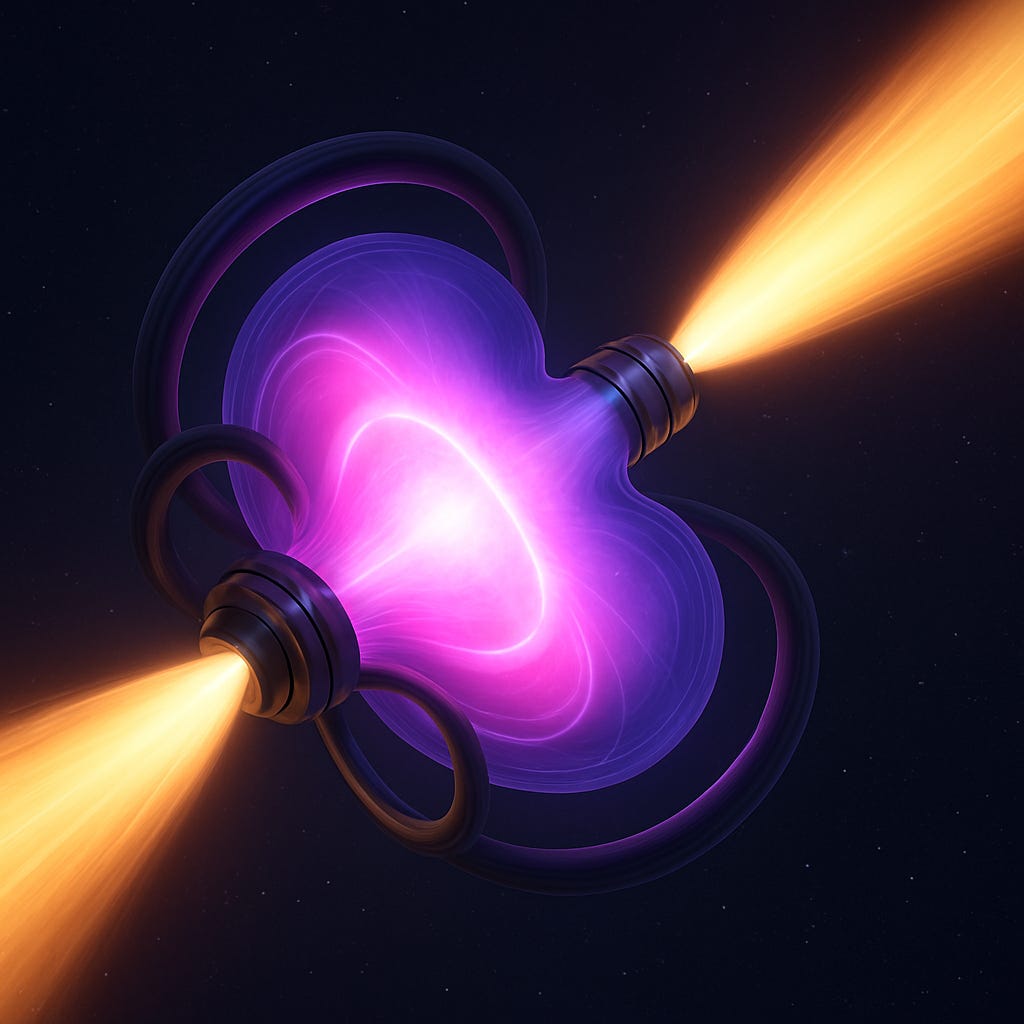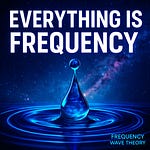TL;DR: Aneutronic fusion propulsion uses plasma sealed in a magnetic bubble, directing energy into clean axial jets for thrust. From a Frequency Wave Theory (FWT) perspective, this works by trapping and steering frequency momentum inside a resonant plasma cavity, then releasing it directionally without neutron losses.
The Core Idea
Aneutronic fusion is unlike traditional fusion (like deuterium-tritium) because it avoids high neutron radiation. Instead, it fuses lighter nuclei (like hydrogen + boron-11) that release energy mostly as charged particles. This makes it far cleaner and more efficient for both energy production and spacecraft propulsion.
In propulsion mode, the plasma isn’t just contained — it’s orchestrated. Magnetic fields create a bubble-like resonant cavity around the plasma, stabilizing it while allowing directional flow. Axial jets then act as the “exhaust,” channeling frequency momentum outward to produce thrust.
Frequency Wave Theory Perspective
In FWT terms:
Plasma = Resonant Standing Wave
The plasma is a self-sustaining waveform where particles exist as frequency vortices. Containment isn’t just magnetic—it’s harmonic phase-locking, keeping oscillations coherent.Magnetic Bubble = Frequency Boundary Condition
The bubble is a resonant cavity, tuning the plasma so that its frequency momentum (FM = ½ ρ ω A²) is conserved and redirected.Axial Jets = Frequency Momentum Release
Instead of scattering energy isotropically (like in stars), the system opens a resonant pathway along its axis, ejecting charged particles as thrust. This is FM being converted into linear momentum.Why Aneutronic Matters
Neutrons scatter energy incoherently, breaking resonance. Charged particles, however, can be phase-directed by magnetic and acoustic gradients, making them ideal for a clean frequency-to-thrust conversion.
Easy Analogy
Think of it like a drum:
The skin of the drum is the magnetic bubble.
The vibrations inside are the plasma oscillations.
A hole cut in the side lets the sound escape directionally — that’s your axial jet.
But here, instead of sound waves, it’s charged-particle jets carrying frequency momentum out as thrust.
Why It’s Revolutionary
No radioactive fallout → practically “green” fusion.
High efficiency → most energy goes into useful propulsion.
Long-range missions → spacecraft could reach outer planets or even interstellar space without refueling.
FWT integration → proves that controlling frequency resonance in plasma unlocks both energy and movement, unifying energy generation with propulsion in a single device.











